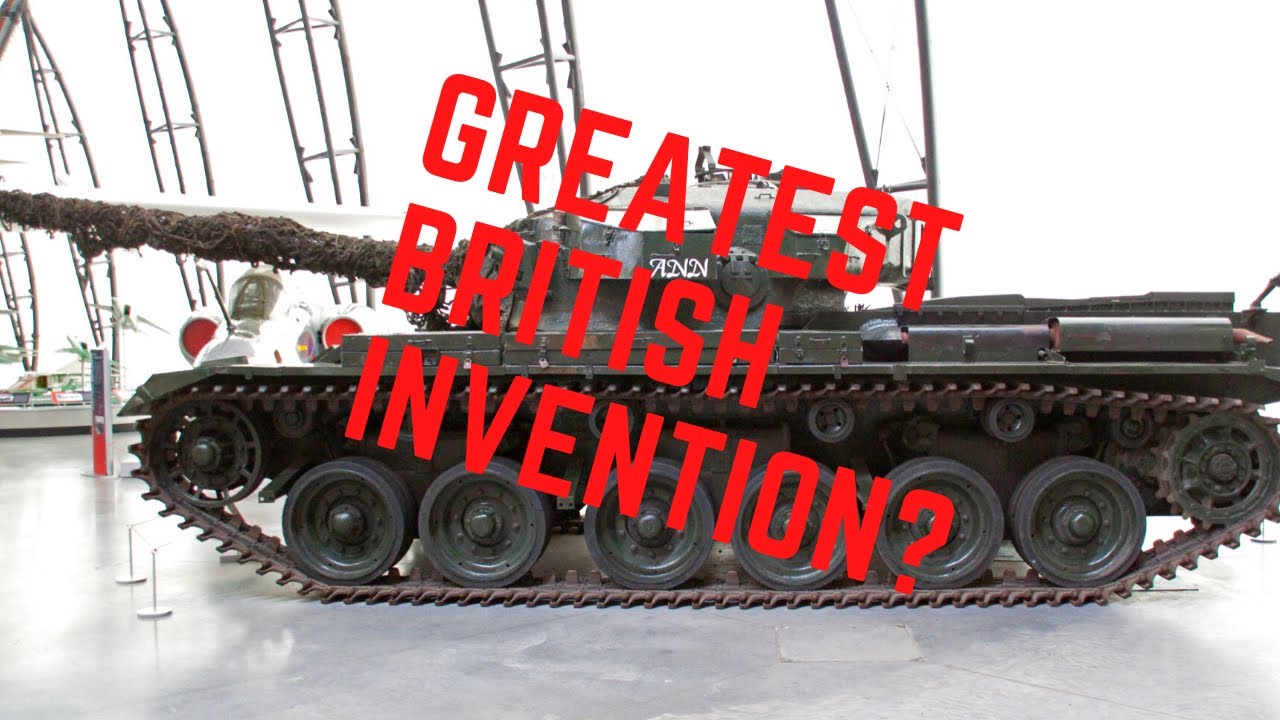Tea Onboard Tanks - The Best British Invention In Tank Design
Unleash Your Creative Genius with MuseMind: Your AI-Powered Content Creation Copilot. Try now! 🚀
When we think of innovations in military hardware, our minds often turn to the powerful and deadly vehicles that dominated the battlefield. However, one of the most remarkable stories to come out of the end of the Second World War is centered around a seemingly ordinary object: a kettle. Yes, you read that right - a kettle.
The Birth of British Tank Innovation
The British have always been at the forefront of military engineering, and it was no different when they introduced the tank to the world at the start of the 20th century. From the conception of "Little Willie" to the cutting-edge designs that followed, British engineers and designers constantly pushed the boundaries to create more successful and deadly vehicles.
But amidst the advancements in firepower and armor, the British tank crews faced a peculiar challenge. If they wanted to enjoy a cup of tea or blow off some steam, they had to disembark from their tank, leaving them vulnerable to enemy attacks. To address this dilemma, they relied on a device called the "Benghazi burner." This makeshift petrol cooker, made from empty fuel cans, not only allowed them to cook field rations but also emitted rising smoke that could easily expose their position to the enemy.
The Game-Changing Innovation
Change was inevitable. The end of the Second World War brought a revolution that would forever alter the lives of British tank crews. With the introduction of the Centurion tank, an innovative device called the boiling vessel (BV) took center stage. The BV, fitted inside the tank's turret, provided a solution that was as simple as it was groundbreaking: now, tank crews could make a cup of tea and cook their meals without leaving the safety of their turret.
The boiling vessel quickly became the crew's new best friend. Not only did it eliminate the need for them to disembark, set up a small camp, and cook their food, but it also reduced the time taken for breaks. Picture this: an enemy sniper patiently observing the British tank crew growing hungry and preparing dinner while they remained hidden inside their armored vehicle. The tables had turned, and the enemy had missed their chance to strike.
The Evolution of the Boiling Vessel
The first version of the boiling vessel, known as the VBA Number One, made its appearance in the early 1950s. It was later replaced by the stainless-steel VBE Number Two, which had improved electrical sockets and was less prone to leaks. The British tank crews valued their beloved kettle so much that a vehicle with faulty tea-making facilities was deemed unfit for purpose.
But the boiling vessel didn't limit itself to tanks alone. Its utility expanded beyond the battlefield, finding its place in almost every major type of vehicle in the British Army. From Challengers 2 tanks and MA N trucks to Warriors, Warthogs, Mastiffs, Jackals, and Foxhounds, the boiling vessel became a trusted companion for soldiers on board.
The Power of a Good Cup of Tea
In the hierarchy of tank crews, the responsibility of being the BV commander often fell on the most junior member. This role entailed the important task of making the cups of tea for the other crew members on board. After all, a well-brewed cup of tea can do wonders for morale and camaraderie in the midst of war.
So, when we reflect on the history of British tank design, it's not about the speed of the Cromwell, the impressive protection system of the Challenger 2, or the advancements in gunnery and dry chain on the legendary Chieftain. Instead, it is the humble boiling vessel that stands out as the most important innovation. It symbolizes the spirit of innovation and resilience, reminding us that sometimes, the simplest ideas can have the greatest impact.
Conclusion
As we delve into the stories that emerged from the Second World War, it's essential to recognize the unsung heroes of innovation. In the case of British tank design, the boiling vessel brought much-needed comfort and convenience to the courageous men and women who fought on the frontlines. It may not boast the flashiness of advanced weaponry or impenetrable armor, but its significance in boosting morale and maintaining the crew's well-being cannot be underestimated.
So, the next time you make a cup of tea, take a moment to appreciate the remarkable tale of the boiling vessel - a small but transformative invention that brought a taste of home to the most unlikely of places: the battlefield.

Related Recaps
- DAY 6 | WEEK OF POWER...STRONG TOWER CHRISTIAN CENTRE APO ABUJA
- ‘Meltdown’: GOP star witnesses admit there’s no evidence to impeach Biden
- 'Why am I always on the front?' | Inside Liverpool's 2021/22 team photo
- JOGO COMPLETO: UNIMED CAMPINAS 76 X 72 AD SANTO ANDRÉ | LIGA DE BASQUETE FEMININO
- Come out in JESUS NAME Movie - RED CARPET Premiere